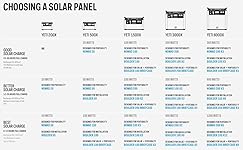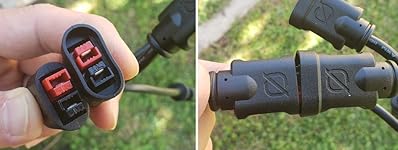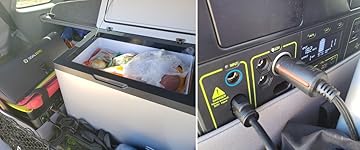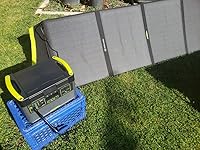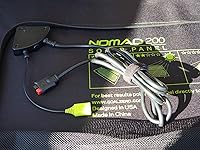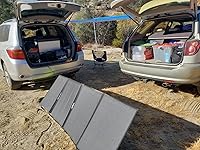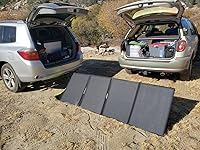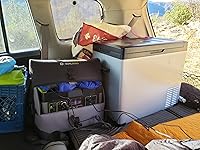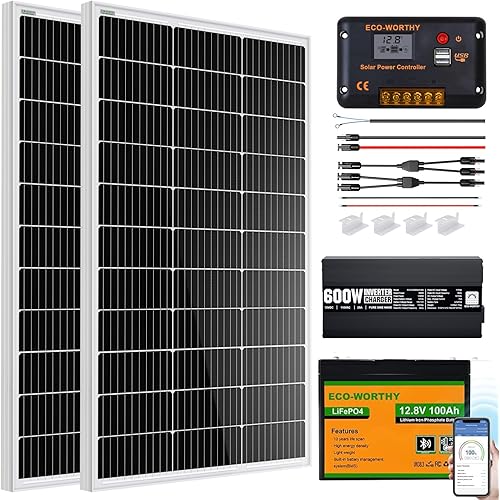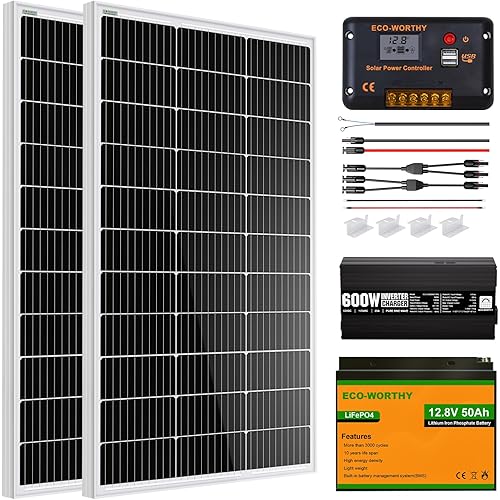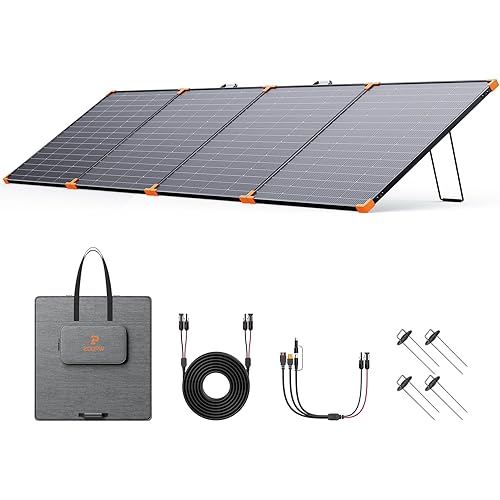Goal Zero Nomad 200-Watt Solar Panel, Folding Solar-Panel Charger with Kickstand, Portable Solar-Panel Power











Buy Now, Pay Later
- – Up to 36-month term if approved
- – No impact on credit
- – Instant approval decision
- – Secure and straightforward checkout
Ready to go? Add this product to your cart and select a plan during checkout.
Payment plans are offered through our trusted finance partners Klarna, Affirm, Afterpay, Apple Pay, and PayTomorrow. No-credit-needed leasing options through Acima may also be available at checkout.
Learn more about financing & leasing here.
Selected Option
FREE refund/replacement until Jan 31, 2026
To qualify for a full refund, items must be returned in their original, unused condition. If an item is returned in a used, damaged, or materially different state, you may be granted a partial refund.
To initiate a return, please visit our Returns Center.
View our full returns policy here.
Size: 200 Watt
Features
- PORTABLE CHARGER: 4 panels fold into case for easy storage. Hang loops to strap the panel anywhere
- SOLAR PANEL KIT: Built-in 6ft APP charging cable integrates with most GZ Yeti Portable Power Station
- SOLAR CHARGER: Built-in legs to stabilize the panel while charging. Stands secure against panel
- USA ENGINEERED: Developed by a US-based team combining over 50 years of experience with Solar Energy
- WARRANTY: 1 year manufacturer warranty. Our US based support team is available to make it right.
Features
- HIGH PERFORMANCE & LIGHTWEIGHT: Ideal for situations where power needs are large, but space is limited, this panel provides 200 Watts of solar and folds down to a quarter of its full size.
- HARNESS THE POWER OF THE SUN: This foldable, weatherproof 200-watt solar panel features a built-in kickstand for optimal solar recharging. You can also use the integrated hanging loops to easily attach it to a tent, a van, a vehicle, or an RV and keep the adventure moving wherever you wander.
- CLEAN AND QUIET ENERGY: Make memories while keeping the planet in mind with the Nomad 200s zero-emissions, zero-noise solar power. Integrate with a Goal Zero portable power station to ensure youre getting the most energy-efficient solar charge possible so you and your family can enjoy endless power.
- EASY TO USE: Built-in legs pop out to stabilize the panel while solar charging and fasten in place against the panel when not in use. Each leg features a stake-down loop for added security.
- THIS IS GOAL ZERO: We promote a bright, safe, connected, and sustainable future by delivering portable power solutions designed for everyone, everywhere. We offset 100% of carbon emissions from our shipping, and we use 100% renewable energy at our corporate headquarters and warehouse.
Brand: Goal Zero
Material: Monocrystalline Silicon
Item Weight: 12315 Grams
Connector Type: Usb
Maximum Voltage: 18 Volts
Maximum Power: 200 Watts
Product Dimensions: 28.2"L x 22.3"W x 2"H
Item Package Dimensions L x W x H: 31 x 24 x 3.8 inches
Package Weight: 12.32 Kilograms
Brand Name: Goal Zero
Manufacturer: Goal Zero
Part Number: 11930
Size: 200 Watt
Date First Available: March 16, 2020
Brand: Goal Zero
Material: monocrystaline
Product Dimensions: 28.2"L x 22.3"W x 2"H
Item Weight: 22 Pounds
Efficiency: 21%
Brand: Goal Zero
Material: monocrystaline
Product Dimensions: 28.2"L x 22.3"W x 2"H
Item Weight: 22 Pounds
Efficiency: 21%
Included Components: Solar Panel
Maximum Voltage: 1000 Volts
Maximum Power: 200 Watts
UPC: 847974007983
Global Trade Identification Number: 83
Item Package Dimensions L x W x H: 31 x 24 x 4 inches
Package Weight: 12.25 Kilograms
Item Dimensions LxWxH: 28.19 x 100.71 x 0.98 inches
Brand Name: Goal Zero
Model Name: GZ11930
Color: Gray
Suggested Users: unisex
Number of Items: 1
Manufacturer: Goal Zero
Part Number: 11930
Size: 200 watt
Date First Available: March 16, 2020
Frequently asked questions
To initiate a return, please visit our Returns Center.
View our full returns policy here.
- Klarna Financing
- Affirm Pay in 4
- Affirm Financing
- Afterpay Financing
- PayTomorrow Financing
- Financing through Apple Pay
Learn more about financing & leasing here.
Similar Products
Top Amazon Reviews
